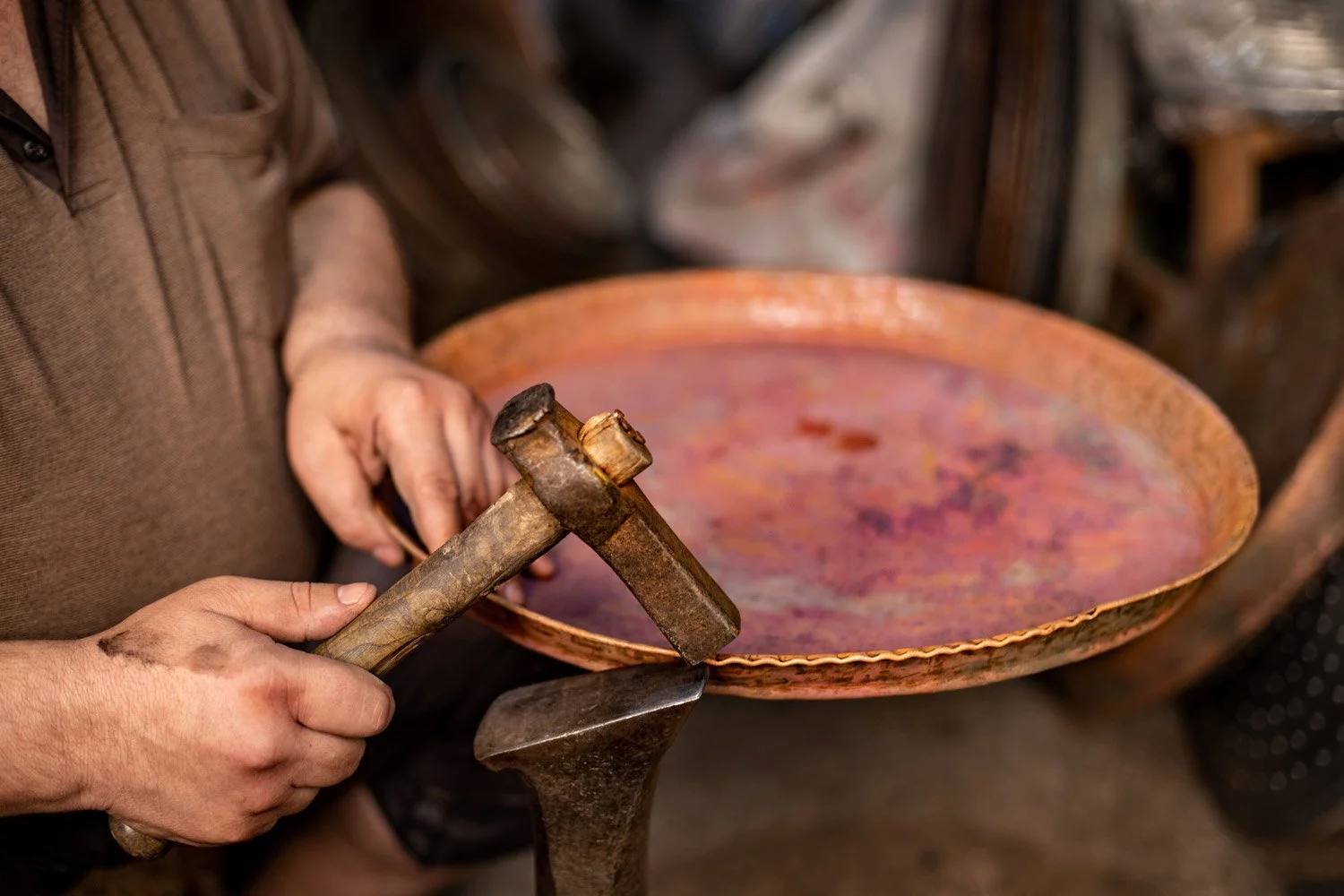The shape of vocation
A series on 2 Thessalonians 1:11–12.
(iStock)
When I reflect on vocation, artistic creation often comes to my mind. Several years ago, in a mountain village of Central Asia, I remember watching a coppersmith craft a ceremonial serving dish. He held the broad metal disc in his hand and turned it around, feeling its weight and texture. He looked at it from various angles, observing how it caught the light.
He imagined what it could look like, and then laid out in his mind the way he would bring this imagination to fruition. He began with broad strokes to create the overall curve of the dish. Then he set in with small, careful strikes, to refine the shape further. He was not in a hurry. But he was intentional. After a period of focused work, he would stretch the dish out at arm’s length and look at it, assessing what he had done, and planning for next steps.
Christian vocation is described by the apostle Paul in 2 Thessalonians 1:11 as the combination and result of “every work of faith” which we pursue as we follow the desire for good that God has placed in our hearts.
There is a shape to our vocation, and it is unique to each of us. “For we are God’s workmanship, created in Christ Jesus for good works, which he prepared beforehand, that we should walk in them” (Ephesians 2:10).
So, what is our role in this process of shaping? Two core practices can help us embrace the artistically created character of our vocation in Christ. The first is the practice of testimony. Testimony is the telling of our story. It is the practice of sharing with others the path which God has placed us on, and how he has taken our desires for good and led us in faith to the work he has laid out for us.
Like the coppersmith’s dish we are formed over the course of our lives by the steady flow of decisions we make and actions we take.
How often do you tell your story to others? How often do we ask one another, “What did you see God doing this week?” Sharing these things with one another is an important practice for raising our awareness and appreciation for the shape of our lives which God is intentionally creating.
The second practice is discernment. Like the coppersmith’s dish we are formed over the course of our lives by the steady flow of decisions we make and actions we take. We live in a world today where so much is possible. The choices we have in our lives seem to grow exponentially in number.
In my work with young people, helping them make vocational decisions, I often give the simple advice, “Do the next thing.” Make the next strike on the metal, take the next step, pursue the opportunity that is in front of you. See God in the opportunities that he offers. Consider trying something challenging. See what God might have for you as you step out.
This is the shape of vocation, the long steady flow of “next steps” which we take in faith, as we engage in the good works God has prepared for us.

